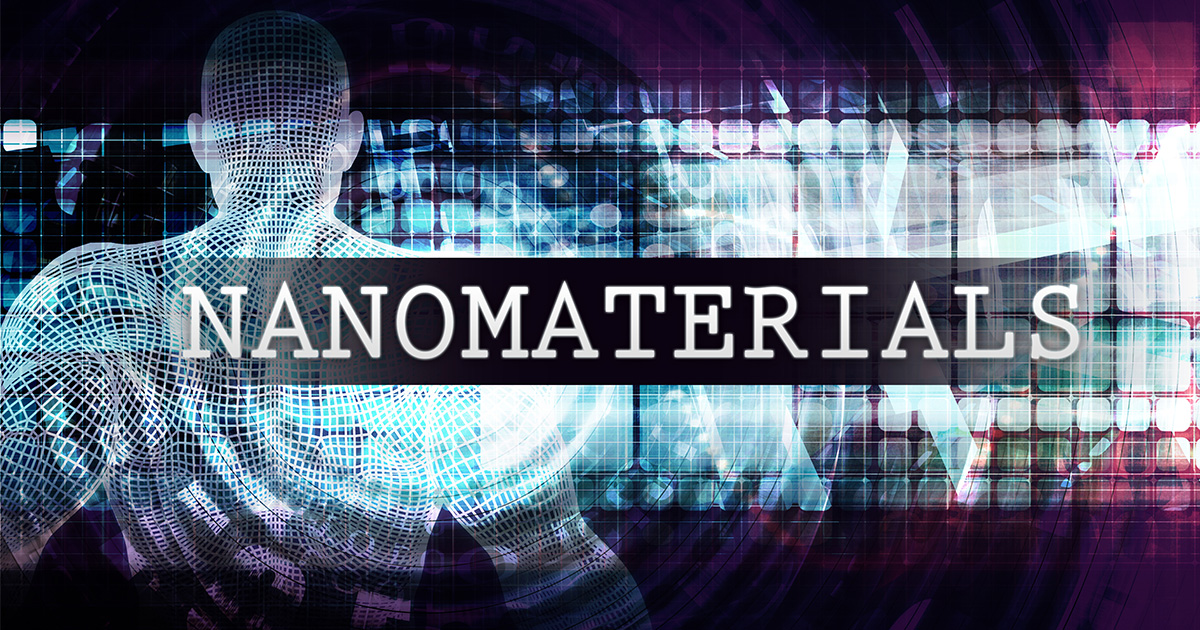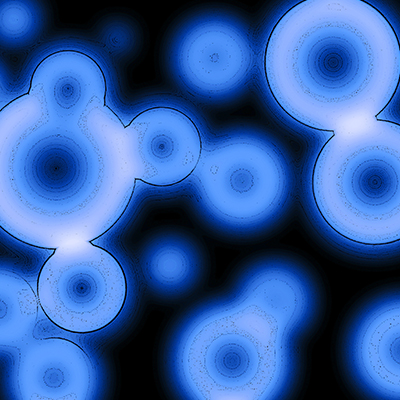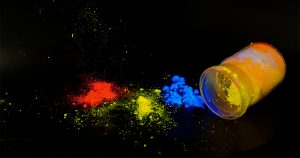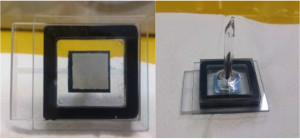 Topic Close-up #3
Topic Close-up #3
Symposium: D03—Nanoscale Luminescent Material 8
For more information on 245th ECS Meeting symposia, consult additional topic close-ups.
 Topic Close-up #3
Topic Close-up #3Symposium: D03—Nanoscale Luminescent Material 8
For more information on 245th ECS Meeting symposia, consult additional topic close-ups.
 Topic Close-up #4
Topic Close-up #4Symposium: J01—Luminescence and displays materials: fundamental and applications
Submit today!
 There are some bright conversations happening around the topic of luminescence and display materials at the 244th ECS Meeting in Gothenburg, Sweden, from October 8-12, 2023. Check out the exciting symposium focused on the topic as well as related topics.
There are some bright conversations happening around the topic of luminescence and display materials at the 244th ECS Meeting in Gothenburg, Sweden, from October 8-12, 2023. Check out the exciting symposium focused on the topic as well as related topics.
Extended abstract deadline: April 21, 2023

Scientists have developed a new type of energy-efficient flat light source with a power consumption about a hundred times lower than that of an LED.
Credit: N. Shimoi/Tohoku University
Scientists all around the globe are constantly looking for a way to create the even-better-bulb of tomorrow. In order to do this, researchers are looking toward carbon electronics.
This from the American Institute of Physics:
Electronics based on carbon, especially carbon nanotubes (CNTs), are emerging as successors to silicon for making semiconductor materials, and they may enable a new generation of brighter, low-power, low-cost lighting devices that could challenge the dominance of light-emitting diodes (LEDs) in the future and help meet society’s ever-escalating demand for greener bulbs.
With this in mind, scientists from Tohoku University have developed a new type of energy-efficient flat light source with a very low power consumption that comes in around 0.1 Watt for every hour of operation. This is about one hundred times lower than that of an LED.